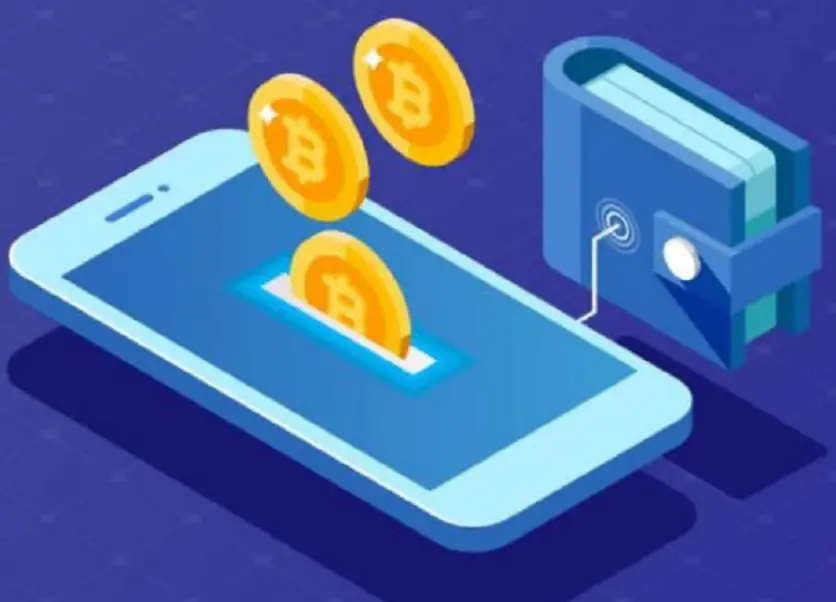Best Way to Explain How to Stake Crypto on Coinbase
Stake Crypto, some blockchain protocols, like Ethereum, Cardano and Solana, allow investors to earn additional cryptocurrency by contributing to the network world wild. This contribution is in the form of staking, which is used to validate transactions and support the stability of the blockchain network. In contrast, proof-of-work (PoW) blockchains, like Bitcoin, use miners to verify transactions and secure the network.
Due to the inherent scalability problem of PoW blockchains, many protocols have turned to staking as a way to incentivize users to contribute to the security and stability of their networks. By staking your crypto, you are essentially backing a specific validator to certify only legitimate transactions on the blockchain. In return, a portion of the network fees will be distributed back to you and other stakers.

There are a number of ways to stake your cryptocurrency, each offering a different level of difficulty. In general, you can either opt to use your own computer to validate transactions (solo staking) or delegate your cryptocurrency to someone who handles all the backend technicalities on your behalf.
Risks of Crypto Staking
As with most investments, staking crypto comes with its own risks. Here’s a rundown of some of the risks you may face if you decide to stake your digital assets.
Market Risk: It’s a no-brainer, the crypto market is highly volatile, with constantly swinging prices. For instance, on November 10, 2021, Bitcoin surged to a new all-time high of $69,000 only to crash to around $63,000 24 hours later. It is not uncommon for the crypto market to experience violent market swings, which may ultimately affect the value of your staked tokens.
While the staking option you opt for may offer lucrative annual returns, you could still end up incurring losses if the price of your staked tokens falls.

Liquidity and Lock-in Period: An asset is considered liquid if it can be easily bought or sold or converted into cash. Cryptocurrencies are one of the most liquid assets since they can be sold at virtually any time of the day. However, this could quickly become a problem when you stake smaller and less popular cryptocurrencies. If this is the case, you may not be able to cash out your rewards.
Meanwhile, although there are some crypto staking options that do not require you to lock up your crypto, the majority of the legacy projects still have a minimum lock-up period. Your staked funds will be inaccessible during this period. Investors who staked ETH on the Beacon Chain have had to wait for nearly two years. As a result, if you suddenly need your staked funds for something else or you decide that you are no longer interested in staking your coins, there may be no quick way to get back your funds.

Theft: The number of crypto-related thefts has escalated over the years. Whether you choose to deploy your own staking infrastructure or rely on a third-party service like a crypto exchange, the problem of theft and loss of funds still remains. On a personal level, you could lose your private key, giving a malicious actor access to your funds. Crypto staking platforms can also get hacked, and if something major goes wrong within a network, you could still lose your staked funds.